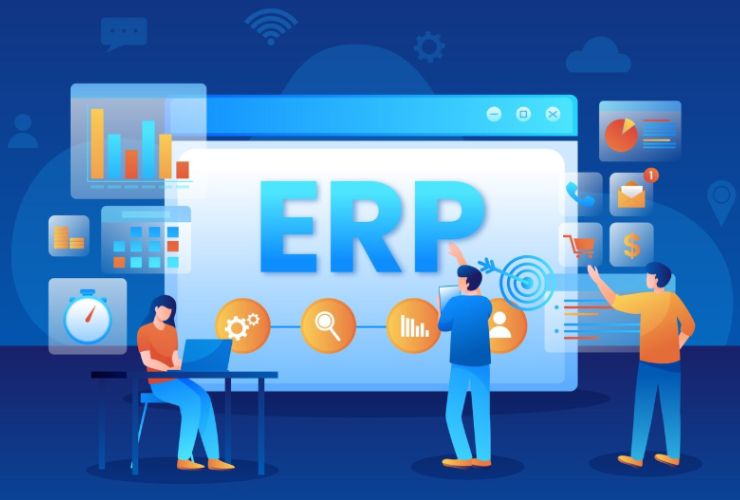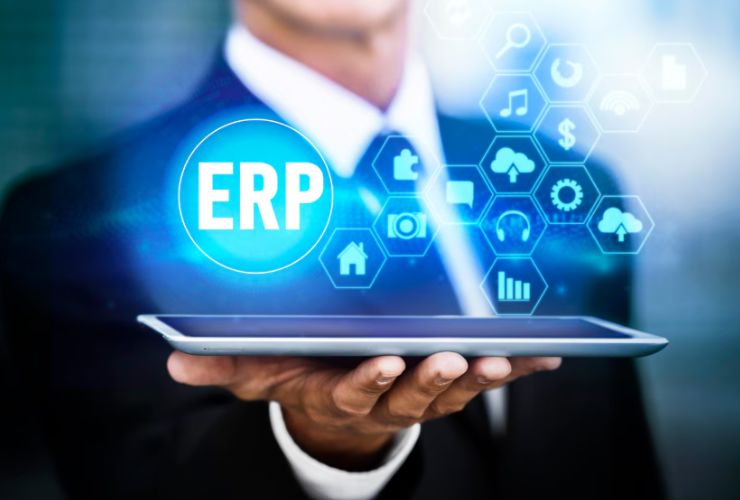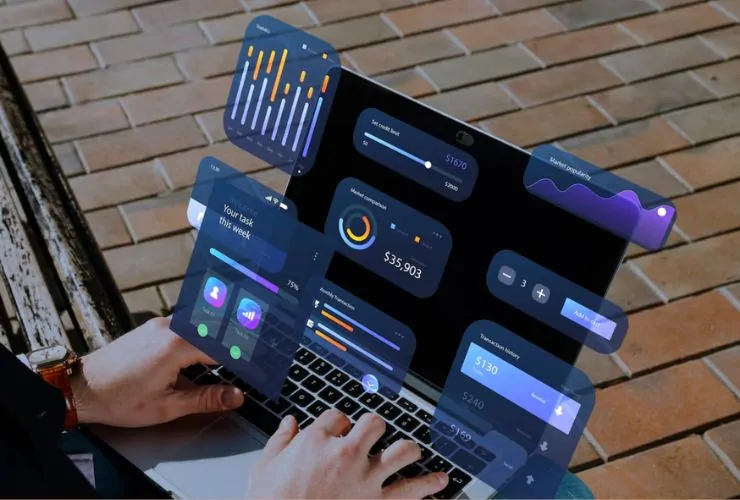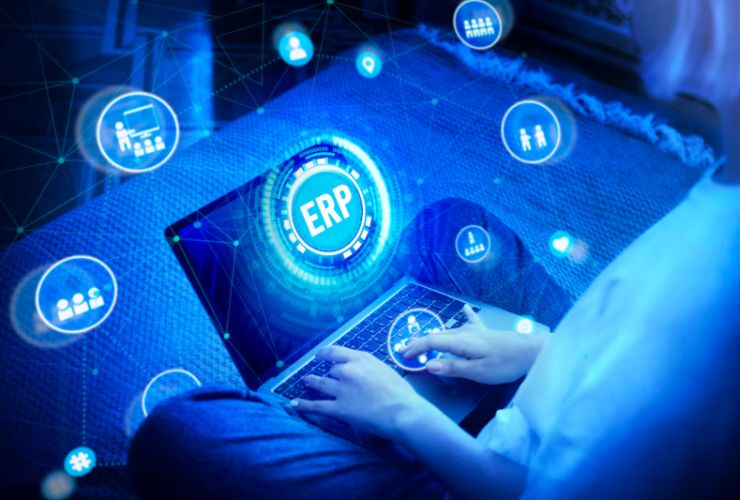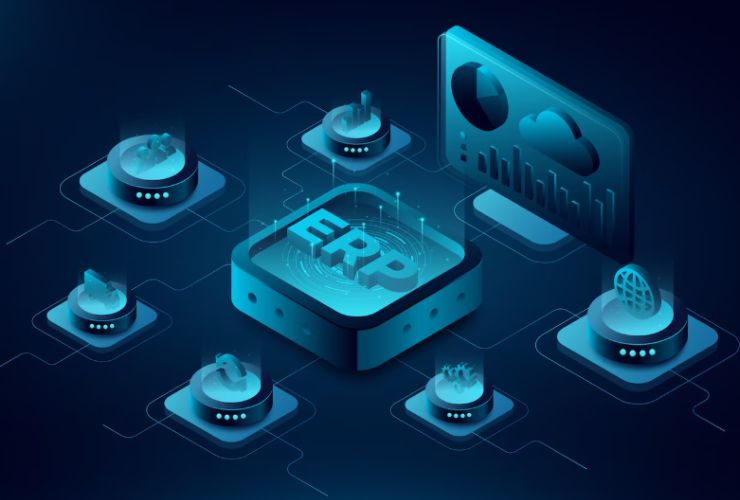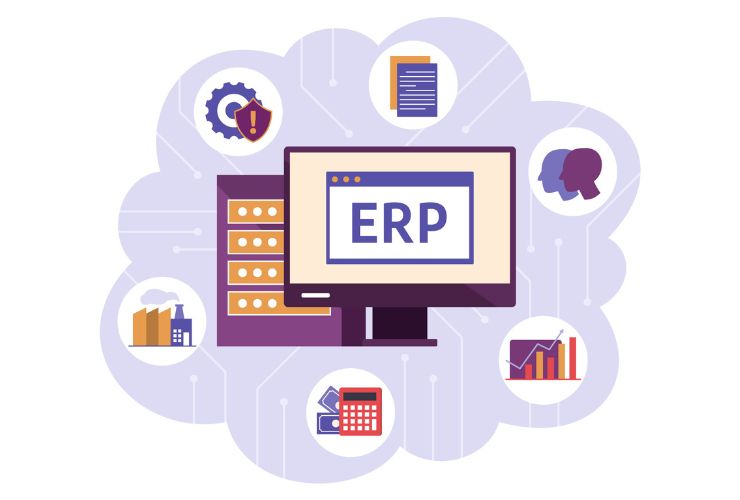As businesses grow and grow, the need for efficient systems only increases. Enterprise Resource Planning (ERP) software enables the centralization of information, process automation, and integration of various departments like finance, HR, supply chain, and operations under a single integrated platform.
But when companies deploy or upgrade ERP systems, a misunderstanding between ERP implementation and ERP integration occurs. These terms are sometimes equated to one another, yet they are distinct phases and activities within the ERP life cycle. Misunderstanding these differences can lead to flawed planning, extended timelines, and low-performing systems.
This blog post breaks down the key distinctions between ERP implementation and ERP integration—when both are necessary, and how they contribute to a successful digital transformation.
What Is ERP Implementation?
ERP implementation is the first deployment of an ERP platform for a company. This encompasses everything from selecting a suitable platform to installing it depending on the organization’s specific workflows and processes.
A successful ERP implementation tries to map software to business objectives, ensure seamless operation, and establish a basis for expandability. It’s a structured, multi-phased project typically involving coordination between IT personnel, consultants, software vendors, and end-users.
Key aspects of ERP implementation are:
- Requirements gathering: Determining the organization’s requirements, processes, and pain areas to define system scope.
- Software selection: Choosing an ERP platform (e.g., SAP, Oracle, Microsoft Dynamics, NetSuite) that is appropriate for the industry, size, and goals of the company.
- System configuration: Setting up modules, user roles, workflows, and reporting tools as necessary to enable operations.
- Data migration: Transferring legacy business data (from spreadsheets or older systems) into the new ERP system.
- Testing and validation: Testing that the system functions correctly before going live, such as functionality, integrity of data, and testing to ensure compliance.
- User onboarding and training: Educating employees to use the system effectively.
- Go-live and assistance: Implementing the system and providing technical and operational support during early stages of use.
ERP implementation takes a long time and can take months, if not a year, depending on the size and complexity of the organization. Success depends not only on technical configuration but on change management, communication, and planning for support over a period of time.
What Is ERP Integration?
ERP integration refers to the connection between the ERP system and other computer applications used across the organization. They can be customer relationship management (CRM) systems, e-commerce portals, payroll packages, business intelligence applications, or logistics systems.
Integration is what makes an ERP system strong. Instead of all operating in silos, your ERP is the central repository for data that communicates with all the other business-critical applications—simplifying data movement, avoiding duplication, and ensuring information consistency in real time.
Infrastructure is standard ERP integration work:
- Building data pipelines: Connecting APIs or introducing middleware to facilitate two-way communication between ERP and external systems.
- Automated synchronizing: Updates on one system (a fresh customer order in Shopify, for example) automatically being echoed through in the ERP.
- Data field mapping: Matching formats and structures on both systems to allow for smooth data transfer.
- Standardizing business processes: Having end-to-end visibility of sales, inventory, finance, and operations.
- Real-time reporting and analytics supported: Merging data from multiple sources into an ERP-based centralized dashboard.
ERP integration can occur at or after implementation but typically becomes even more significant once the core ERP system is established. Without integration, most of the ERP’s potential benefits—like operational efficiency and real-time decision-making—remains limited.
Why Understanding the Difference Matters
Even though ERP implementation and ERP integration are connected, confusing them can result in inadequate execution plans:
- Concentrating solely on implementation might result in an otherwise well-deployed standalone ERP system, incapable of synchronizing with current systems or aiding automated workflows.
- Diving headfirst into integration without a firm ERP foundation will yield data inconsistencies, suboptimal performance, or security risks.
- Each phase needs its own planning, expertise, and investment. Building the foundation is implementation; bridging the architecture is integration.
- Acknowledging the disparity helps organizations make appropriate resource investment, create realistic timelines, and coordinate stakeholder expectations.
When Does Your Business Need ERP Implementation?
ERP implementation is necessary when:
- Your business is implementing an ERP system for the first time.
- You are replacing a legacy system that no longer accommodates your growth.
- Your departments operate on standalone tools and manual processes.
- You need enhanced compliance, reporting, or operational control.
At this point, success depends on setting solid requirements, involving end-users early on, and selecting an ERP solution that will meet your current and future needs.
When Is ERP Integration Required?
ERP integration is required when:
- You have multiple digital tools that need to exchange data with the ERP system.
- You want to automate interdepartmental workflow (e.g., sales and inventory).
- You need real-time insights that collect data from various platforms.
- You’re growing and need to have seamless communication between internal and external systems.
Integration ensures that once data is input, it’s available wherever it’s needed—saving time, reducing errors, and improving business responsiveness.
ERP Integration and Implementation: A Winning Combination
To gain complete value from ERP, an effective implementation and a well-defined integration strategy are crucial. Both combined are the pillars of a modern, agile, and data-driven organization.
Here’s how they support each other:
- Implementation puts your ERP system in the right position to succeed.
- Integration connects your ERP to your broader digital ecosystem.
- Together, they enable smooth operations, better decision-making, and long-term scalability.
Final Thoughts
ERP implementation and ERP integration are two sides of the same coin. One is deploying the ERP system itself, and the other is getting it to operate in harmony with all your other business apps. Understanding the distinction—and budgeting for both—will improve the success of your digital transformation initiatives.
If your business is weighing ERP alternatives or struggling with integration, being with a skilled technology partner can mean the difference between success and failure. Align on goals, invest in the appropriate systems, and establish a digital foundation architected for long-term growth.

